On a trip to Italy you can prioritize visiting its monuments, living the Roman Empire history in first person or touring its postcard landscapes. But this country, of course, also stands out for its gastronomy, expanded to any point on Earth!
 Photos By: Unsplash
Photos By: Unsplash
Pasta and pizza are the most famous dishes. However, Italian gastronomy is characterized by its elaborations with abundant vegetables, fruits, meats, fish, rice, pasta and breads. Other typical dishes, besides pizza and pasta, are risotto, lasagna and carpaccio.
Among the traditional desserts are its famous gelato, better known as ice cream, tiramisu and babà of Naples. Finally, among the typical Italian drinks are lemoncello, grappa and sambuca. Here are some of its typical dishes:
Risotto
This typical Italian food is prepared with rice and Parmesan cheese, however, nowadays there are many risotto recipes with different ingredients. Originally from the northwest of Italy, and due to the abundance of rice, this dish is already famous practically all over the world. And a well-made risotto is when you can appreciate its typical creaminess. To achieve that creaminess, arborio rice is the best option to make risotto. In this link: https://riceselect.com/product/arborio you can get all the information about arborio rice to get the perfect dish.
Pizza
The origin of pizza has a lot to do with bread in Italy, since in ancient Rome it was customary to make bread in a circular shape and cut into portions. Years later, other ingredients such as tomato sauce and mozzarella cheese were added to this flour dough, but nowadays pizza can be made with a wide variety of ingredients such as fruits, vegetables, even meat or chicken, fish, seafood and sausages.
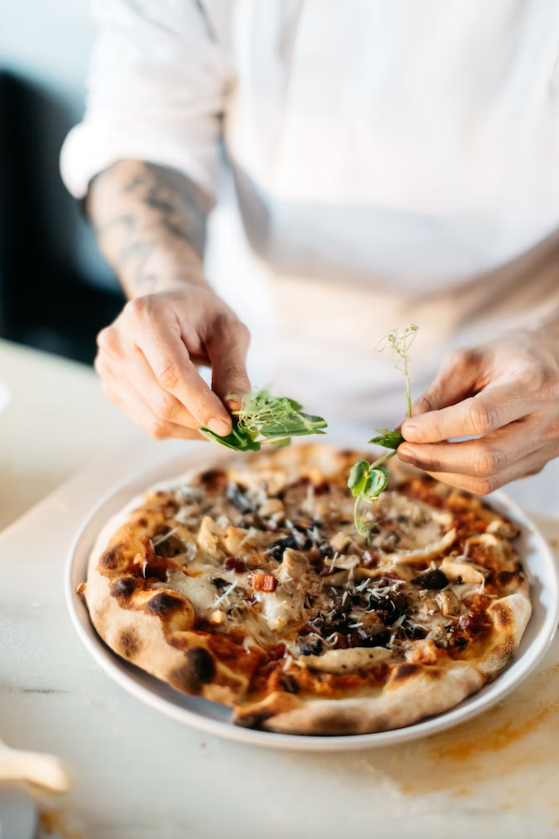
Carpaccio
Carpaccio is now an internationally famous recipe. What is so special about this dish? Well, it is made with raw meat. And since Mediterranean trends in cuisine over the last decades, it has become pretty fashionable to eat raw meat. Now, the magic to make this dish delicious is to cut the meat very thinly and to accompany it with ingredients such as cheese, onion, basil and olive oil.
Lasagna
Although the preparation of lasagna varies according to the region where it is prepared, it consists of a type of pasta in the shape of a square sheet that is placed in the form of a block and filled with meat, fish or vegetables. Between each sheet it also has béchamel sauce, and to finish it off, abundant cheese to give it its usual gratin look. If you have not yet decided to make it, go ahead and try it, it is one of those dishes that are not to be missed and starting with the homemade meat lasagna will be ideal.

Caprese salad
Since Italy is not all about flour, you should try their classic caprese salad with such basic ingredients as tomato, fresh mozzarella, a few basil leaves and a drizzle of olive oil. As simple as it may seem, the combination of these ingredients results in a salad that stands out for its fresh taste and its colors that remind us of the Italian flag. Also, it came as a special taste in the typical Argentinian empanadas. The caprese empanada is becoming more and more popular.
Arancini
Typical dish of Sicilian gastronomy, although its ingredients are typical of any Mediterranean country cuisine. They are round croquettes of rice pasta that have an orange color due to the use of saffron, are served hot and are taken as any dish of the day. The arancini are a typical dish of the city of Messina, where it was probably invented.
Pasta carbonara
One of the typical Italian dishes is pasta alla carbonara. This Italian food is a pasta dish originating from Lazio, and more specifically from Rome. The original recipe is based on eggs, cheese (Pecorino Romano or Parmesan), extra virgin olive oil, pancetta or guanciale and black pepper. Spaghetti is the pasta generally used; however, fettuccine, rigatoni or bucatini can also be used. Many people say the word carbonara comes from carbone, which in Italian is the name for charcoal (carbonari), and it is believed that the name of the dish has its origin in the typical dish of the charcoal makers in the Apennines. Others mention
that the name charcoal is due to the use of black pepper in the preparation of the sauce, which may be reminiscent of charcoal.

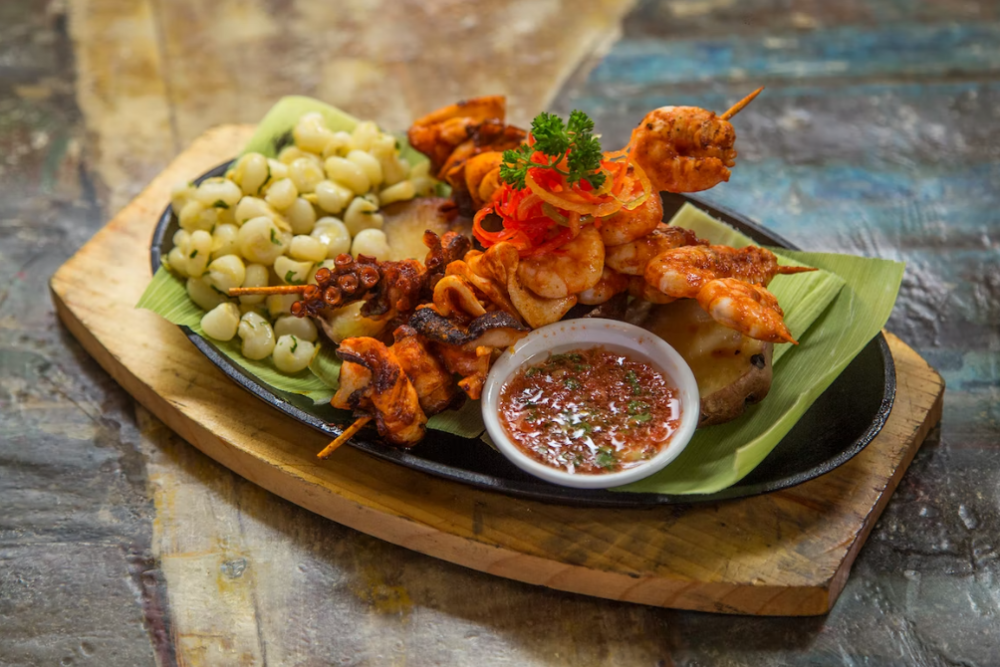 Photos By: Unsplash
Photos By: Unsplash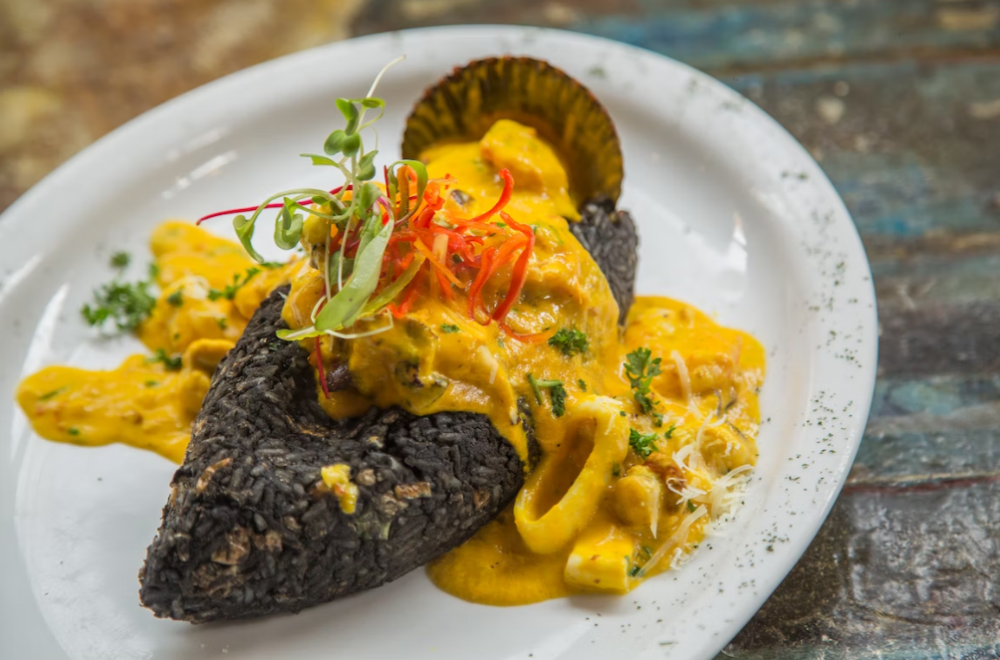

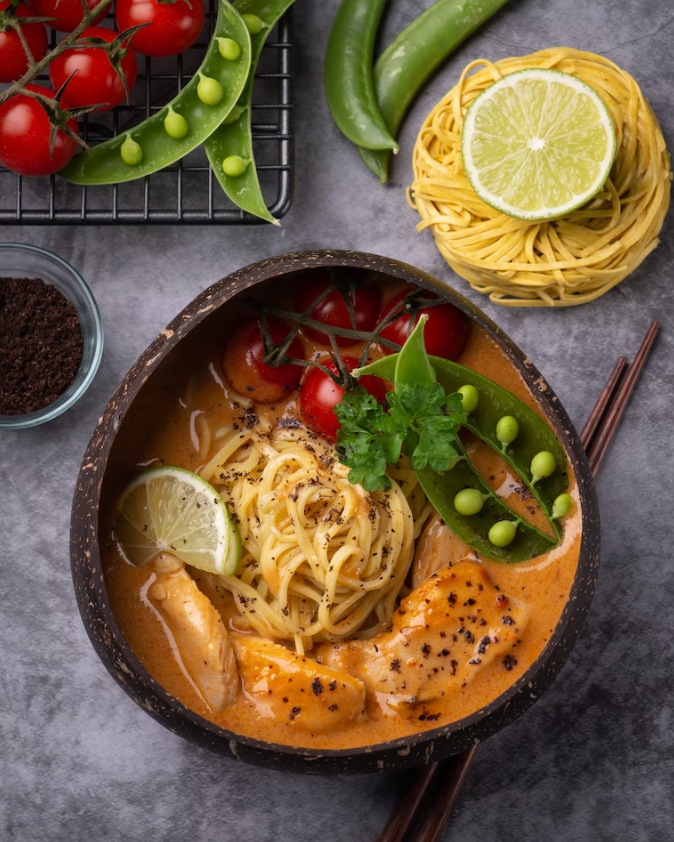 Photo By: Stock Images
Photo By: Stock Images Photos By: Stock Images
Photos By: Stock Images
 Photos By: Stock Images
Photos By: Stock Images Photos By: Stock Images
Photos By: Stock Images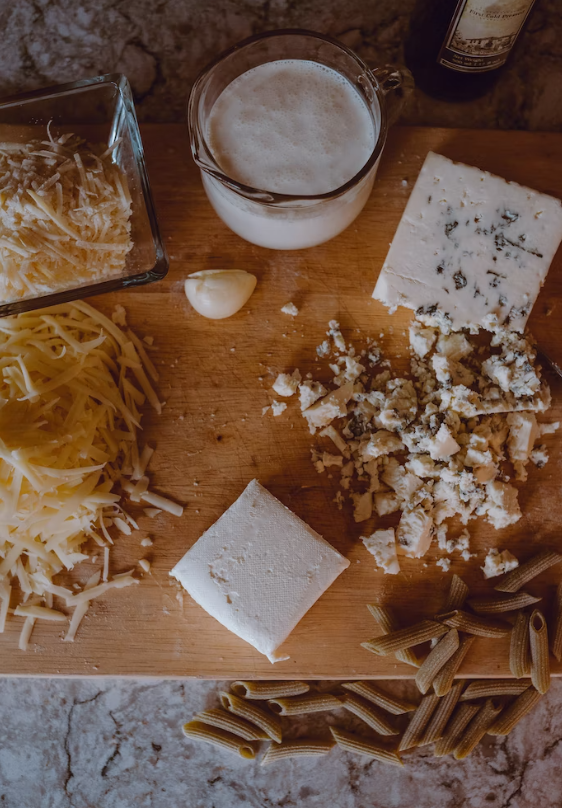
 Photos By: Unsplash
Photos By: Unsplash
